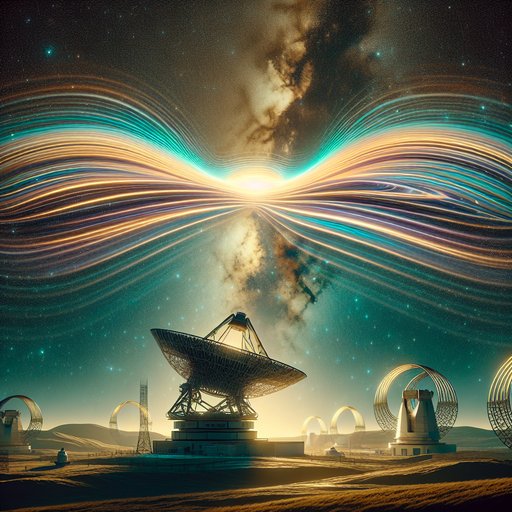
Humanity has not yet launched a spacecraft explicitly aimed at another star, but the first attempts are underway in the form of precursor missions, engineering studies, and enabling technologies. The Pioneers, Voyagers, and New Horizons are slipping into interstellar space, while decades of design work—from fusion rockets to laser-pushed sails—has turned science fiction into engineering roadmaps. In the 21st century, solar-sail demonstrations, chip-scale spacecraft, optical communications, and directed-energy research are converging on concepts like Breakthrough Starshot, which envisions gram-scale probes racing to Alpha Centauri. Interstellar “precursor” mission studies seek to push far beyond the heliosphere as a stepping stone. These are the groundwork phases of a project measured in decades, not years, but they mark humanity’s first concrete moves to send emissaries to other star systems.

Asteroid impacts and solar storms are low-probability but high-consequence events, and Earth is taking them seriously. A global network of telescopes, spacecraft, and emergency planners now works in concert to spot hazardous objects, test ways to nudge them off course, and prepare for worst-case scenarios. Recent missions have demonstrated that deflection is possible, while new surveys promise to find threats earlier. At the same time, space-weather forecasters are improving warnings that protect satellites, power grids, and aviation. Planetary defense has moved from science fiction into practical policy.

Astronomers now routinely chase some of the cosmos’s briefest, most violent events: gamma-ray bursts that light up the high-energy sky and gravitational waves that ripple through spacetime. These phenomena are rare and fleeting, demanding fast alerts, global coordination, and instruments tuned to extremes. From space-based gamma-ray monitors to kilometer-scale interferometers on Earth, a new era of rapid discovery has turned once-hypothetical signals into rich astrophysical laboratories. The result is a maturing field of multi-messenger astronomy that links light, particles, and gravitational waves to reveal how the universe’s most catastrophic explosions unfold.

After decades of relative quiet, a new wave of lunar missions is reshaping plans for exploration and long-term presence on the Moon. NASA’s Artemis program, China’s Chang’e series, and a surge of commercial landers signal a shift from brief visits to sustained operations focused on science, resources, and technology demonstrations. Recent milestones—including India’s Chandrayaan-3 touchdown near the south pole, Japan’s pinpoint SLIM landing, China’s far-side sample return by Chang’e-6, and the first U.S. lunar landing since Apollo by Intuitive Machines—underscore the pace. With international partnerships forming and private hardware maturing, the Moon is becoming a proving ground for everything from new spacesuits and rovers to power, communications, and resource extraction systems.


































































